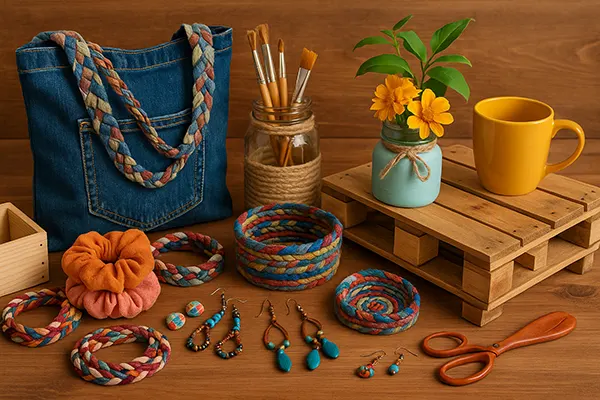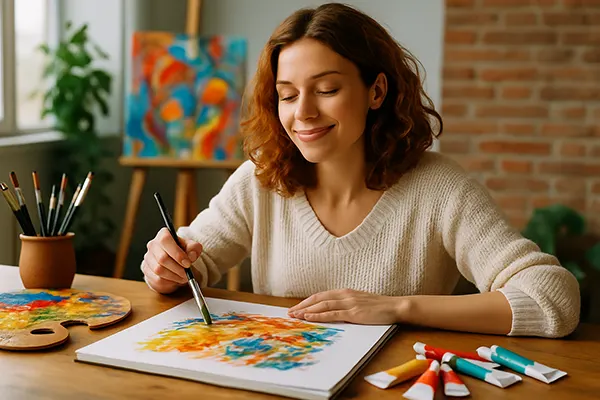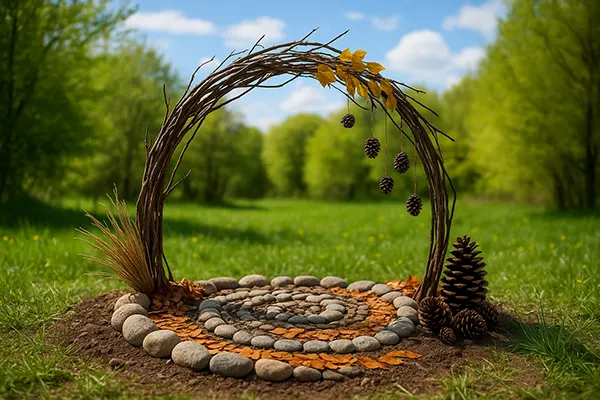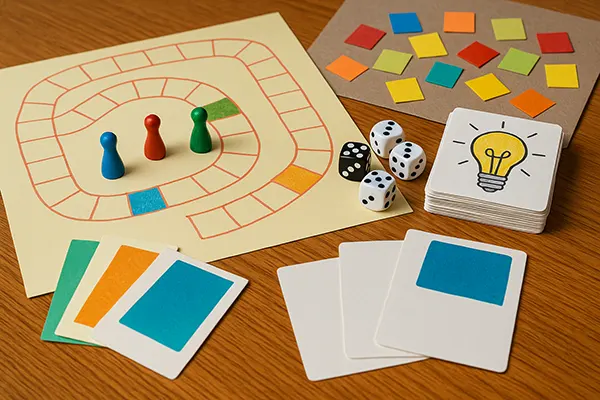The Art of Upcycling: Giving Old Things a New Life
In an era where sustainability is more important than ever, upcycling has emerged as a creative and eco-friendly way to transform old, unwanted items into something new and useful. Whether it’s turning outdated clothing into trendy accessories or crafting furniture from discarded materials, upcycling not only reduces waste but also encourages innovation. This article will guide you through the world of upcycling, offering practical ideas and tips on how to give a second life to your old belongings.
Transforming Old Clothes into Trendy Accessories
One of the most creative and practical forms of upcycling is repurposing old clothing into stylish accessories. Instead of discarding garments that are worn out or no longer in fashion, consider turning them into something unique and trendy. From scarves and bags to jewellery and hairbands, the possibilities are endless.
The first step is to assess the condition and fabric quality of the items you wish to upcycle. Cotton T-shirts can be transformed into reusable shopping bags or braided headbands, while denim jeans can become durable tote bags or stylish patchwork jackets. Adding embellishments like buttons, embroidery, or fabric paint can make the creations even more personal.
Not only does this practice promote sustainability, but it also showcases your creativity. Upcycled accessories are often one-of-a-kind, allowing you to make a fashion statement while reducing textile waste. Whether crafted for personal use or as gifts, these items can carry sentimental value and eco-conscious pride.
Organising Fashion Upcycling Workshops
Hosting workshops focused on upcycling fashion is an excellent way to build community involvement and spread sustainable practices. Participants can bring their old clothes and learn techniques such as cutting, sewing, and decorating to create accessories from scratch. These events not only teach valuable skills but also promote environmental awareness.
Workshops can be tailored to different skill levels, from basic no-sew projects to more advanced tailoring. By encouraging creativity and hands-on participation, these sessions help people see the potential in old fabrics and garments.
Moreover, fashion upcycling workshops can serve as a platform for local artists and designers to showcase their techniques and inspire others. They can foster a collective movement towards responsible fashion and help reduce the environmental impact of textile waste.
Creating Furniture from Pallets and Discarded Materials
Another exciting aspect of upcycling involves transforming waste materials like pallets into functional and stylish furniture. Pallets, often discarded after transportation, can be repurposed into coffee tables, bookshelves, or garden seating. The rustic charm of pallet furniture adds character to any living space.
To start, inspect the pallets for structural integrity and clean them thoroughly. Sanding and treating the wood helps to avoid splinters and prepares the surface for painting or staining. Once the pallets are ready, they can be assembled using simple tools like screws and brackets. Cushions and fabric covers can enhance comfort and aesthetics.
This DIY approach not only saves money but also promotes a zero-waste lifestyle. The beauty of pallet furniture lies in its versatility and rustic appeal, making it suitable for both indoor and outdoor settings.
Running Community Upcycling Workshops
Bringing people together to create furniture from discarded materials can foster a sense of community while promoting sustainability. Workshops that teach basic woodworking skills can empower participants to build simple yet functional items for their homes.
By providing tools, guidance, and creative ideas, these workshops encourage individuals to take an active role in reducing waste. Community members can share ideas, collaborate on projects, and inspire each other to embrace upcycling in their everyday lives.
Such events can also partner with local recycling centres, allowing participants to source materials sustainably. The combination of creativity and practical application makes these workshops both enjoyable and impactful.
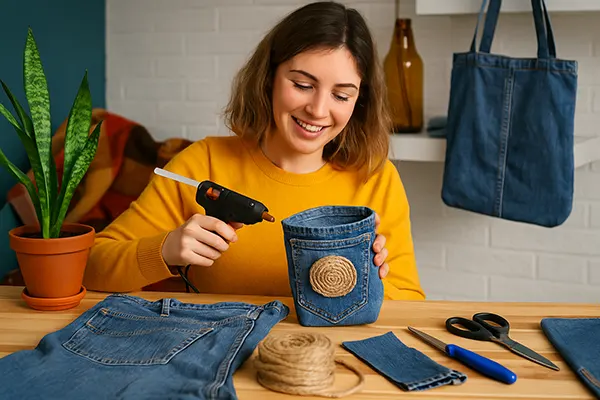
Creative Upcycling Projects for Everyday Use
Upcycling is not limited to fashion and furniture; it extends to everyday household items. Old jars can become decorative lanterns, and used tyres can be transformed into garden planters. By finding new purposes for old items, you reduce waste and create something beautiful in the process.
For instance, glass bottles can be painted and used as vases or light fixtures, while broken ceramics can be turned into mosaic art. These projects not only add aesthetic value to your home but also encourage resourcefulness and creativity.
The key is to look at old items with a fresh perspective. Rather than seeing them as waste, envision their potential as art or functional decor. This mindset shift can lead to innovative and unique home improvements.
Starting Local Upcycling Initiatives
Creating a local upcycling group can build community involvement and environmental responsibility. Regular meetups where members share projects, ideas, and techniques can inspire collective action towards sustainability.
Such initiatives can also host exhibitions to display completed projects, fostering a sense of accomplishment and creativity. Partnering with environmental organisations can further extend the reach and impact of these community-driven efforts.
By building a network of like-minded individuals, upcycling initiatives can grow from small hobby groups to influential community movements, encouraging sustainable living practices and artistic innovation.
